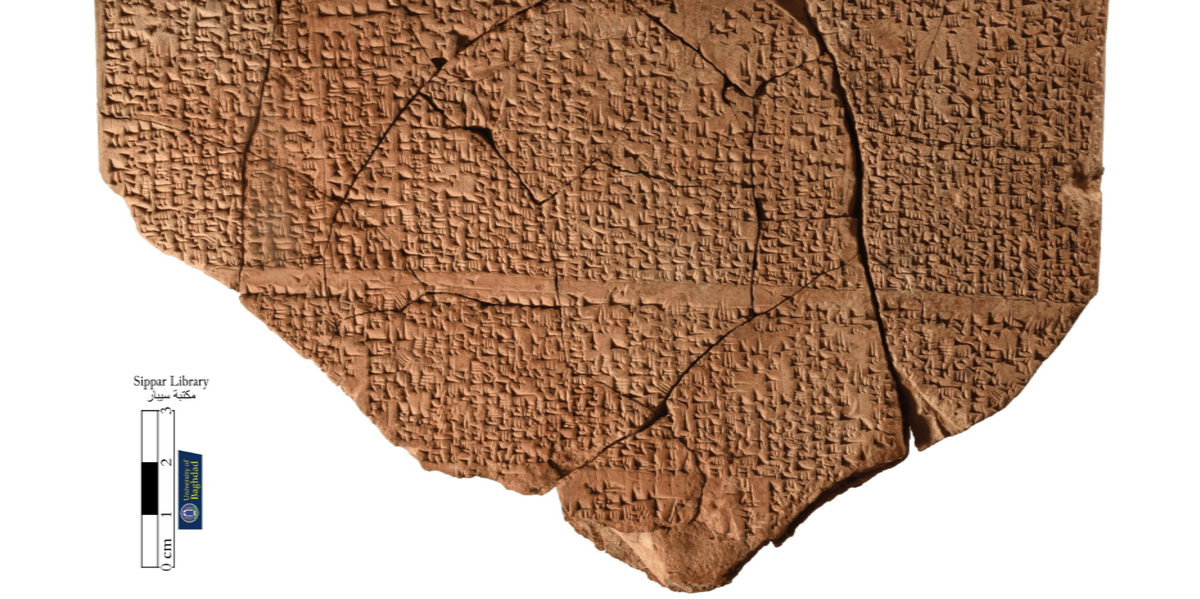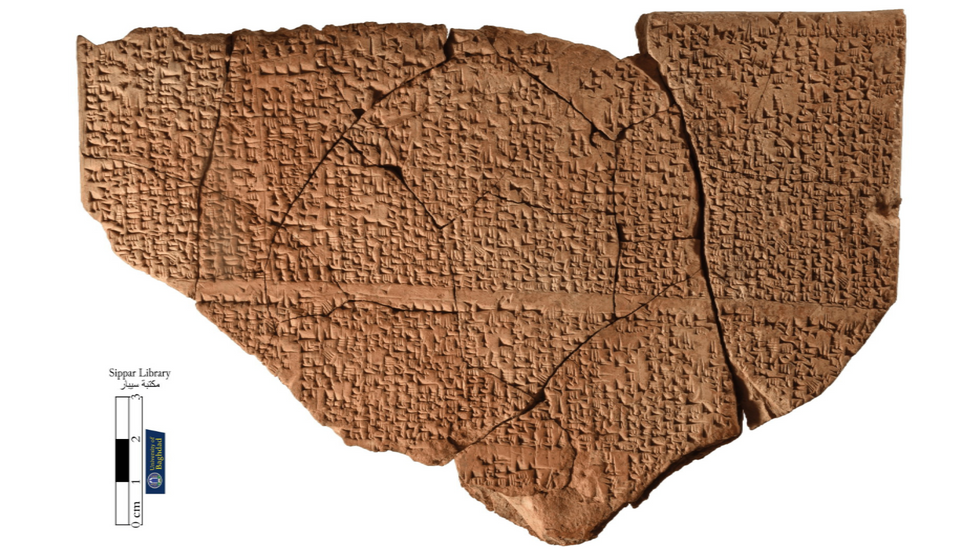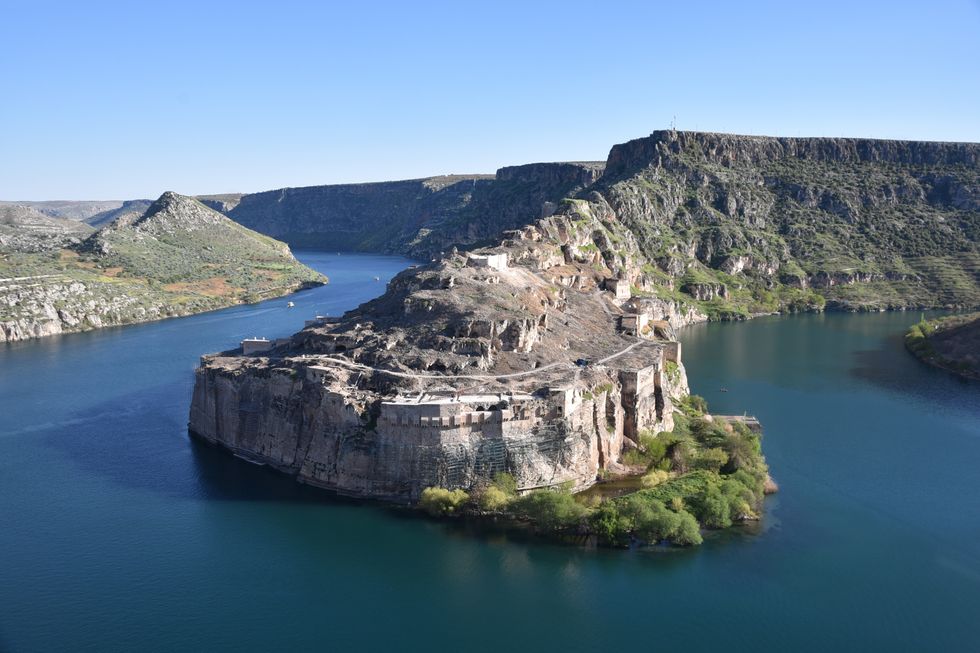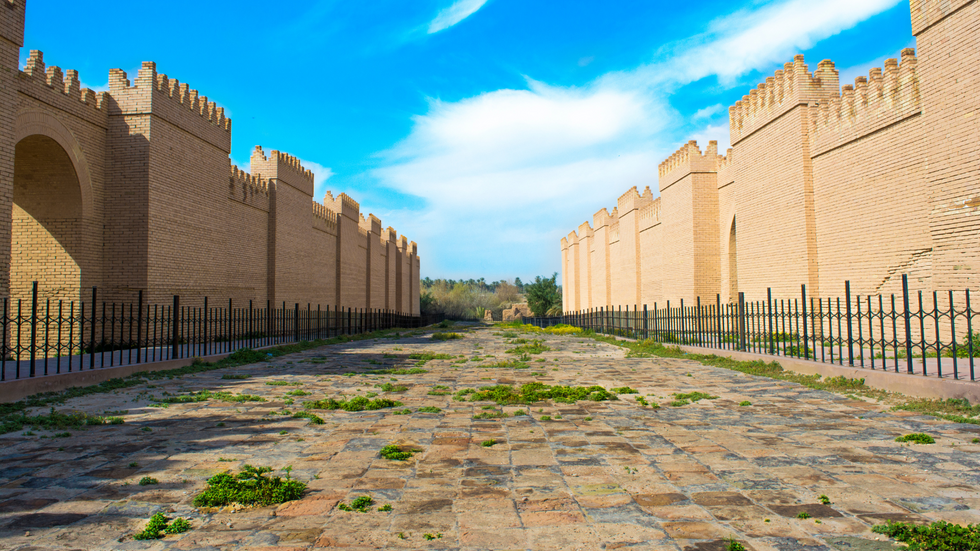



An ancient poem written in the dying days of Mesopotamia has been rediscovered after more than 2,000 years.
Researchers at Ludwig Maximilian University of Munich and the University of Baghdad have reassembled the Hymn to Babylon, a lost literary classic from modern-day Iraq.
Professor Enrique Jimenez from LMU's Institute of Assyriology identified the ancient text using artificial intelligence.
As a result, researchers were able to identify dozens of additional manuscript fragments from the hymn.
"Using our AI-supported platform, we managed to identify 30 other manuscripts that belong to the rediscovered hymn - a process that would formerly have taken decades," Prof Jimenez explained.
His team's discovery forms part of a broader project to decipher hundreds of cuneiform tablets from the renowned Sippar Library.
They are collating every cuneiform text fragment which have been discovered worldwide to date, before using AI to reunite and decipher fragments that belong together.

Researchers at Ludwig Maximilian University of Munich and the University of Baghdad have reassembled the Hymn to Babylon
UNIVERSITY OF BAGHDAD
And the Hymn to Babylon, a 250-line text, dates back to around 100 BC and offers rare descriptions of life in Mesopotamia.
"It's a fascinating hymn that describes Babylon in all its majesty and gives insights into the lives of its inhabitants, male and female," Jimenez said.
Its ancient author detailed the city's buildings and described how the Euphrates brought spring to the region and flushed its fields with greenery.
"The Euphrates is her river established by wise lord Nudimmud... It quenches the lea, saturates the canebrake, Disgorges its waters into lagoon and sea."

The text's ancient author detailed how the Euphrates brought spring to the region and flushed its fields with greenery
WIKIMEDIA COMMONS
"Its fields burgeon with herbs and flowers," the text continues. "Its meadows, in brilliant bloom, sprout barley, from which, gathered, sheaves are stacked."
"Herds and flocks lie on verdant pastures," the hymn concludes. "Wealth and splendour - what befit mankind - are bestowed, multiplied, and regally granted."
Jimenez said the poetry on show "is all the more spectacular as surviving Mesopotamian literature is sparing in its descriptions of natural phenomena".
At the time of its writing, Babylon stood as one of the world's great cultural centres and is lauded as one of the cradles of civilisation.

PICTURED: A reconstructed stretch of road in Babylon. The city once stood as one of the world's great cultural centres, and is lauded as one of the cradles of civilisation
WIKIMEDIA COMMONS
The text has revealed unprecedented information about priestesses in ancient Babylon - details which had gone unknown to scholars.
And the fact that numerous copies discovered suggest the text enjoyed widespread popularity in its time.
"The hymn was copied by children at school. It's unusual that such a popular text in its day was unknown to us before now," Jimenez said.
The findings were published in the journal "Iraq", with the ancient city's ruins located approximately 85 kilometres south of Baghdad.
Babylon is now recognised as a Unesco World Heritage Site.
